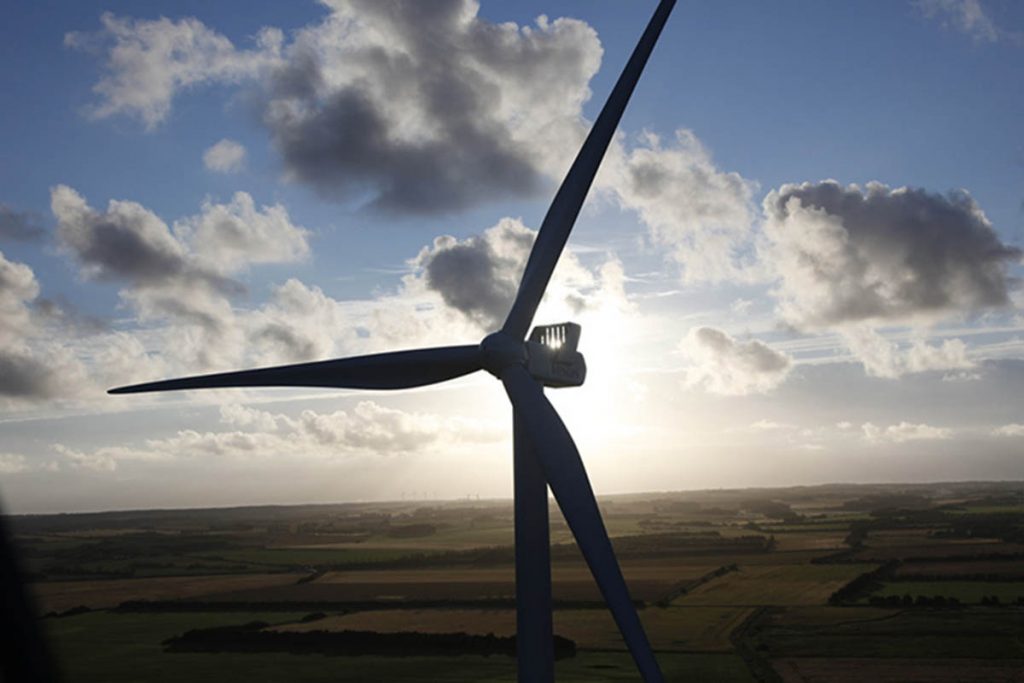Wind turbines will present challenging discussions regarding increasing and maintaining their reliability as complex and precious assets over time. However, while these innovations have unquestionable benefits during their early stages, as soon as they start aging, that’s when challenges occur.
As a result, this project has opened many concerns from consumers and renewable energy providers as they are much concerned about the long-term delivery of green energy not only in Australia but also worldwide.
In this case, working with reliable and experienced aftermarket partners can surely help as they utilize authentic parts which help to prolong wind turbines’ lives. Generally speaking, the generators of wind turbines have a ten-year warranty period.
This means that many wind turbines from all over the globe have already been nearing their maintenance period’s end. So, while nearing their warranty period’s end, asset managers have been discussing the upcoming possible concerns.
However, some experts also say that they don’t have to worry about what happens after the maintenance period because there are still several ways to evaluate these assets’ conditions.
According to them, there are many ways to extend their life by providing improved maintenance services throughout the years. With these efforts, they can effectively reduce the industry’s carbon footprint.
However, these turbines operate in harsh environments, which places considerable stress and pressure on the structures during operation. In addition, unsteady and strong winds striking on the structure from time to time can result in excessive loads or skidding.
Aside from this, ambient moisture may also cause lubricant degradation and a corrosive environment. Therefore, as soon as the wind turbines’ warranty period ends, maintenance services become critically crucial. This means that quality maintenance is much more needed during the turbine’s late years than during its early years.
In this case, the “late years” is when essential and costly parts will start to depreciate and must be immediately replaced or refurbished. Moreover, an additional concern is when maintenance and inspection activities on these turbines are becoming increasingly costly and laborious compared to their early years of operation.
This is because defective parts that are spotted and determined over a hundred meters high will need more workers and expensive equipment. Therefore, during the warranty’s nearing end, operators and managers will often be exposed to prolonged efforts and higher maintenance costs.

